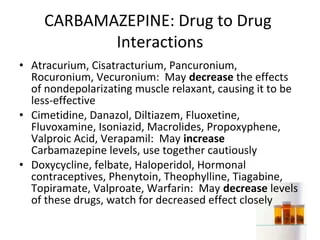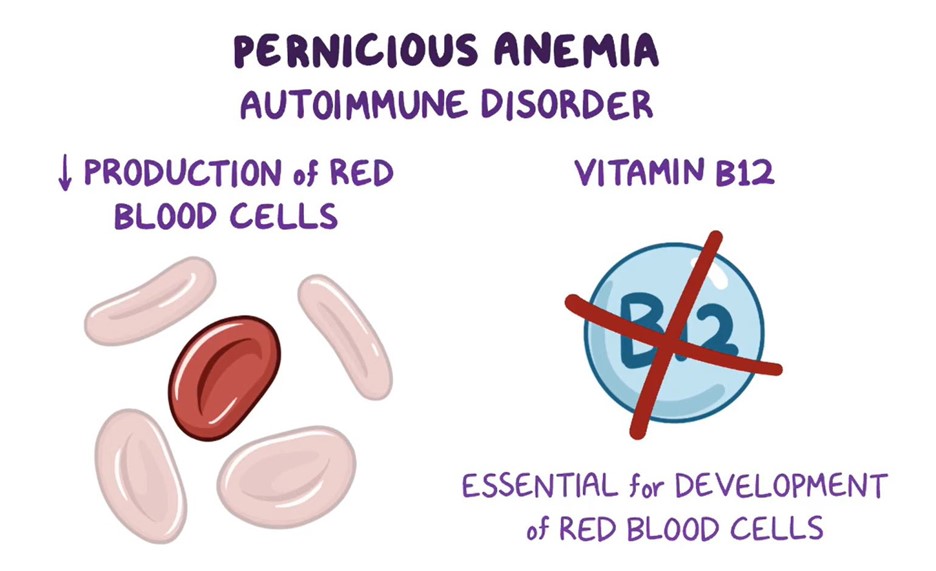A nurse is receiving a medication prescription by telephone from a provider. The provider states, "Administer 6 milligrams of morphine IV push every 3 hours as needed for acute pain." How should the nurse transcribe the prescription in the client's medical record?
Morphine 6 mg IV push every 3 hr PRN acute pain
Morphine 6.0 mg IV push every 3 hr PRN acute pain
MS 6 mg IV push every 3 hr PRN acute pain
MSO4 6 mg IV push every 3 hr PRN acute pain
The Correct Answer is A
A. Morphine 6 mg IV push every 3 hr PRN acute pain:
This choice is correct. It accurately transcribes the medication name (morphine), the dosage (6 mg), the route (IV push), the frequency (every 3 hours), and the indication (PRN for acute pain).
B. Morphine 6.0 mg IV push every 3 hr PRN acute pain:
This choice is not incorrect, but it is unnecessary to include the trailing zero in the dosage (6.0 mg). Both "6" and "6.0" indicate the same value, and omitting the decimal point is common practice in medication dosages.
C. MS 6 mg IV push every 3 hr PRN acute pain:
This choice is incorrect. "MS" is an abbreviation for "morphine sulfate," but it's not widely used in modern healthcare settings. Using the full name "morphine" is clearer and less prone to confusion.
D. MSO4 6 mg IV push every 3 hr PRN acute pain:
This choice is incorrect. "MSO4" is the chemical symbol for morphine sulfate. While it's a valid abbreviation, it's not as commonly used as the full name "morphine." Using the full name of the medication is clearer and more familiar to healthcare professionals.
Nursing Test Bank
Naxlex Comprehensive Predictor Exams
Related Questions
Correct Answer is A
Explanation
A. Estrogen-progestin combination:
Correct Answer: This medication interacts with carbamazepine.
Explanation: Carbamazepine is known to induce certain liver enzymes, including cytochrome P450 enzymes. These enzymes play a role in the metabolism of various medications, including estrogen-containing oral contraceptives (estrogen-progestin combinations). Carbamazepine can increase the metabolism of estrogen-progestin combinations, potentially reducing their effectiveness and increasing the risk of contraceptive failure. Therefore, this interaction can lead to decreased contraceptive efficacy and the potential for unintended pregnancy.
B. Nicotine transdermal system:
Incorrect Explanation: This medication does not interact with carbamazepine.
Explanation: Nicotine replacement therapies, such as nicotine transdermal systems, are not known to have significant interactions with carbamazepine. These therapies are primarily used to aid in smoking cessation and do not share metabolic pathways with carbamazepine.
C. Diphenhydramine:
Incorrect Explanation: This medication does not interact with carbamazepine.
Explanation: Diphenhydramine is an antihistamine used for allergies and as a sleep aid. It does not have a well-established interaction with carbamazepine. However, it's important to note that carbamazepine can have central nervous system (CNS) effects, so caution should be exercised when combining it with other medications that also have CNS effects.
D. Beclomethasone:
Incorrect Explanation: This medication does not interact with carbamazepine.
Explanation: Beclomethasone is a corticosteroid used to manage inflammation associated with conditions like asthma and allergic rhinitis. It is not known to interact with carbamazepine. These two medications have different mechanisms of action and do not share significant metabolic pathways.

Correct Answer is B
Explanation
A. "Plan to self-administer this medication for the next 6 months": The duration of treatment may vary based on individual circumstances and medical evaluation. It's not appropriate to make a blanket statement about the treatment duration.
B. "Administer the medication into one nostril once per week."
Cyanocobalamin is a form of vitamin B12 that is used to treat pernicious anemia. It can be administered via nasal spray in some cases. The appropriate dosing for nasal cyanocobalamin usually involves administration once a week. The client should be instructed to administer the medication into one nostril as directed by their healthcare provider.
C. "Lie down for 1 hour after administering the medication": There is no need for the client to lie down for an extended period after administering nasal cyanocobalamin.
D. "Use a nasal decongestant 15 minutes before the medication if you have a stuffy nose": This is not a standard recommendation for administering nasal cyanocobalamin. The client should follow the specific instructions provided by their healthcare provider.

Whether you are a student looking to ace your exams or a practicing nurse seeking to enhance your expertise , our nursing education contents will empower you with the confidence and competence to make a difference in the lives of patients and become a respected leader in the healthcare field.
Visit Naxlex, invest in your future and unlock endless possibilities with our unparalleled nursing education contents today
Report Wrong Answer on the Current Question
Do you disagree with the answer? If yes, what is your expected answer? Explain.
Kindly be descriptive with the issue you are facing.
